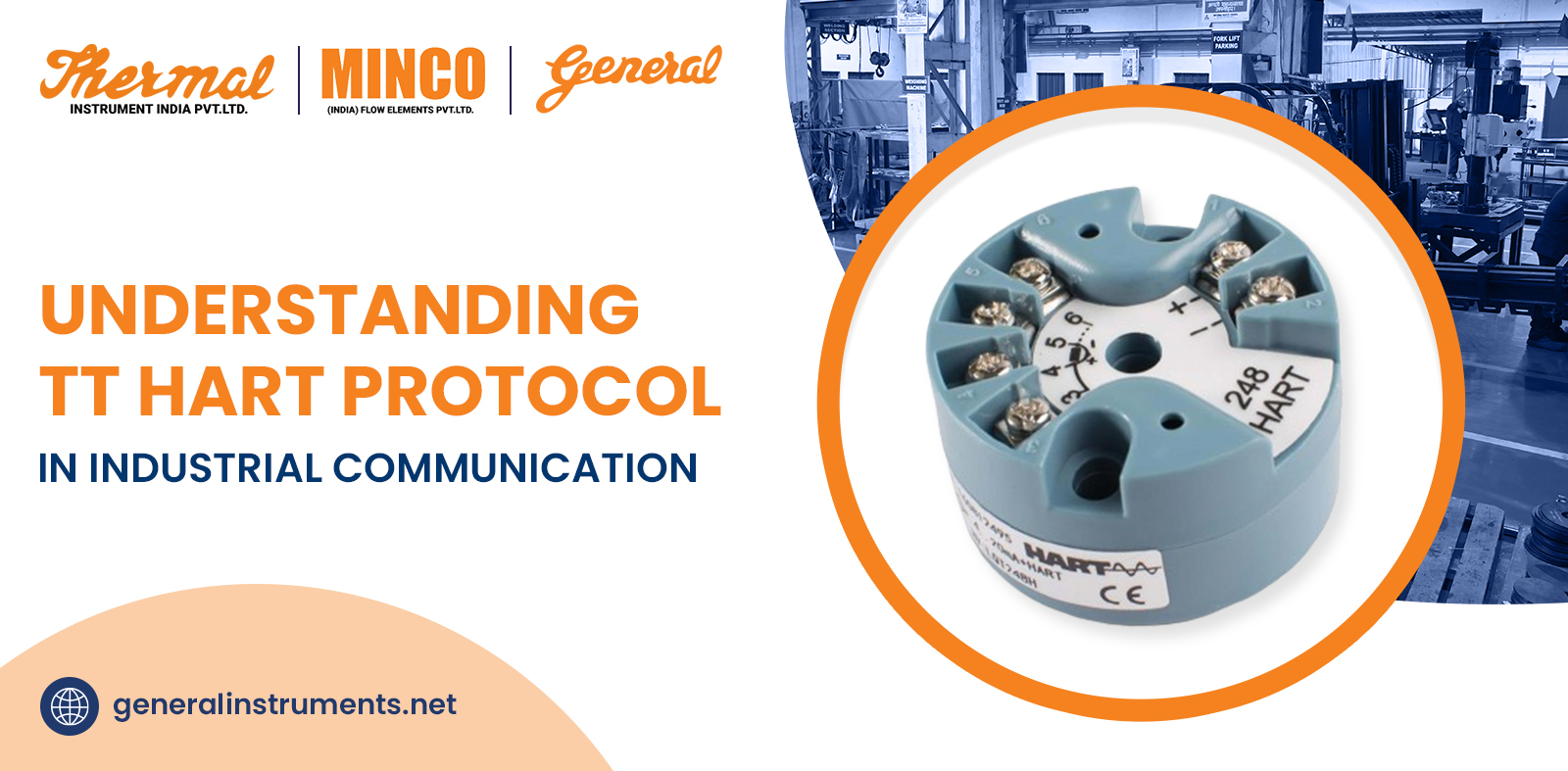
Understanding TT HART Protocol in Industrial Communication
In industrial communication, precise and reliable data transmission is critical, especially when it comes to temperature measurement in harsh process environments. GIC, a leading TT HART Manufacturer in India, offers cutting-edge solutions with their HART-enabled temperature transmitter module, the GLP248H. This product exemplifies the power of HART communication technology, which has transformed the way industries approach process control and instrumentation.
What is the HART Protocol?
The HART (Highway Addressable Remote Transducer) protocol is a globally recognized standard for smart instrumentation communication. It allows two-way digital communication over the same wires that carry the 4-20mA analog signal, which is widely used in industrial systems. This hybrid communication system ensures that digital data can be sent without interrupting the continuous analog signal that is essential for process control.
HART is used across various industries such as oil & gas, chemicals, pharmaceuticals, and energy, providing a flexible and highly reliable communication framework for complex automation systems.
Key Features of GIC’s GLP248H Module –
- Wide Compatibility: Supports multiple ISA thermocouples and RTDs.
- High Precision: Uses a 24-bit Σ-△ sampling chip for accurate measurements.
- Protection: Designed to resist surge, reverse connections, and mis installation.
- Software Security: Includes advanced features like low-voltage monitoring and watchdog systems.
- Durability: Built with high-quality imported components for long life.
Specifications –
To maintain high performance, routine tests such as calibration and transmitter configuration are essential. The GLP248H module’s technical specifications make it ideal for industrial applications:
- Input Types: Supports multiple thermocouple types, including K, J, T, E, R, S, B, and RTDs.
- Output Signal: Two-wire 4–20 mA output with digital signals superimposed, compatible with control systems or Field Communicators.
- Input/Output Isolation: Tested up to 500 Vac rms at 50/60 Hz, ensuring safety and performance.
- Quick Turn-On Time: Powers up within five seconds, minimizing delays during installation or restarts.
- Custom Alarm & Saturation Levels: Open circuit and short circuit alarms with alarm current set at 3.9mA and saturation output of 20.8mA.
Benefits of HART Technology –
- Enhanced Data Transmission: Enables real-time diagnostics without disrupting analog signals.
- Operational Efficiency: Remote configuration reduces manual intervention.
- Cost-Effective Maintenance: Supports predictive maintenance with real-time health diagnostics.
- Interoperability: Seamlessly integrates with various control systems.
- Transient Protection: The module incorporates robust protection mechanisms like TVS tubes and common mode inductance, safeguarding against voltage spikes.
Conclusion –
In modern industrial communication, the HART protocol has become indispensable for industries seeking high precision, reliable data transmission, and simplified process control. GIC’s GLP248H temperature transmitter module exemplifies the best features of HART technology, offering robust performance, flexibility, and long-term reliability.
By investing in advanced HART-enabled instruments like the GLP248H, industries can enhance their operational efficiency, reduce maintenance costs, and ensure reliable process control in even the most demanding environments.
Unlock seamless communication and precision in industrial environments with GIC’s HART-enabled temperature transmitter module. Explore how our GLP248H can revolutionize your process control. Discover the power of HART technology today! Learn More.
